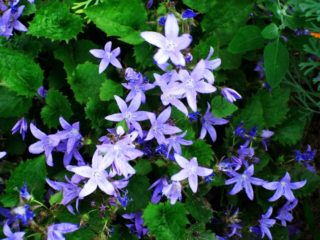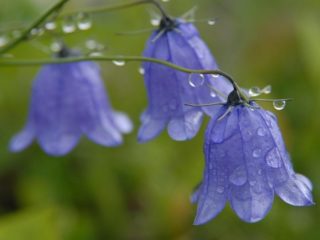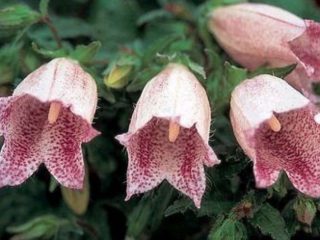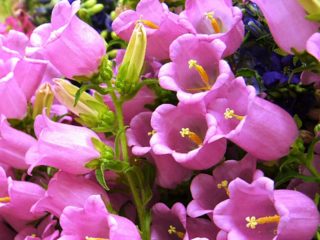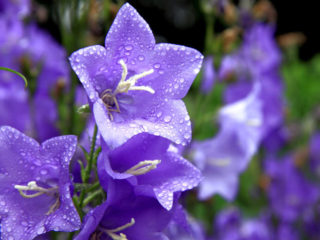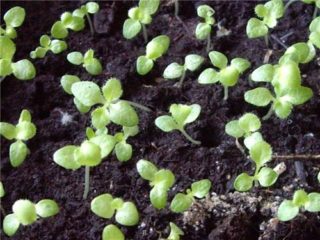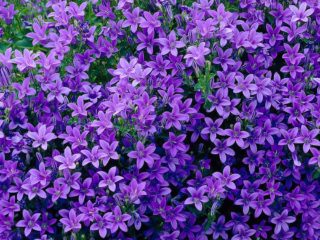Content
A medium-sized bell A cup and saucer, or "Chinese service", is an original and sophisticated variety of the Campanula Medium family. The history of plant cultivation dates back to the middle of the 16th century. The culture is two years old, capable of renewal in natural conditions. On one stem, there can be up to 50 outlandish inflorescences of amazing beauty.

The appearance of the flowers resembles an elegant porcelain cup on an exquisite saucer.
Description of the middle bell Cup and saucer
The variety of decorative medium-sized flowers The cup and saucer is considered one of the most attractive. Unlike classic garden bells, this culture has 2 "skirts" arranged in the form of a tea pair. For a two-year-old bell of a medium-sized variety Cup and saucer, the following features are characteristic:
- bush height up to 0.8 m;
- stem erect, hard, straight, pubescent with hard hairs;
- leaves are narrow, basal, collected in a socket;
- the color of the leaves is bright green;
- the type of inflorescence is pyramidal;
- inflorescence color white, blue, lilac, pink, violet;
- the number of buds in an inflorescence - 45-50 pcs.;
- bud length up to 7 cm;
- double-layer flowers;
- flowering period - June-September;
- fruiting period - August-September;
- seeds - small seeds of gray-brown color;
- the aroma is subtle, pleasant.
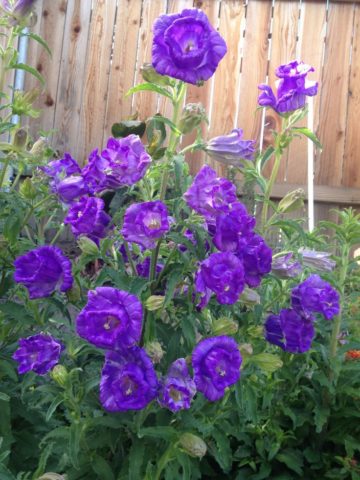
A lush, medium-sized flower Cup and saucer prefers cultivated and fertilized, fertile soil with low acidity
The bell is medium-sized A cup and saucer is a light-, moisture-loving, cold- and frost-resistant plant, quite demanding on some features of agricultural technology:
- The composition of the soil is the most preferable neutral or slightly alkaline soil. Sour soil for planting a variety species is categorically unacceptable.
- Demanding to the level of illumination. The culture “prefers” well-lit areas, but can thrive in slightly shaded areas. Keeps flower stalks in the shade of buildings, small architectural forms and other plants for a long time.
- Demanding for a sufficient level of soil moisture. At the same time, plants do not tolerate stagnant water. The most preferable places for bells are under fences, near walls from the west or east.
- Seed material does not emerge in the light. Darkness is necessary for seedlings to germinate.
- When growing seedlings, young bushes throw out flower stalks in the first year of life.
- When sowing seeds in open ground, in the first year, a leaf rosette and a root system are formed, and in the second year, peduncles are ejected.

Medium color palette Cup and saucer from pure white to various shades of pink and blue
Application in design
In landscape design, bells of medium size Cup and saucer are used in various angles:
- as single compositions;
- in group plantings on prefabricated flower beds and ridges;
- against the background of lawns;
- as a border plant against the background of tall crops.
In addition to landscape designers, the medium-sized flower Cup and saucer enjoys well-deserved popularity among interior designers. Bell bouquets of original shape and cold colors are ideally suited to some stylistic directions of design, therefore they are widely used to decorate living rooms.
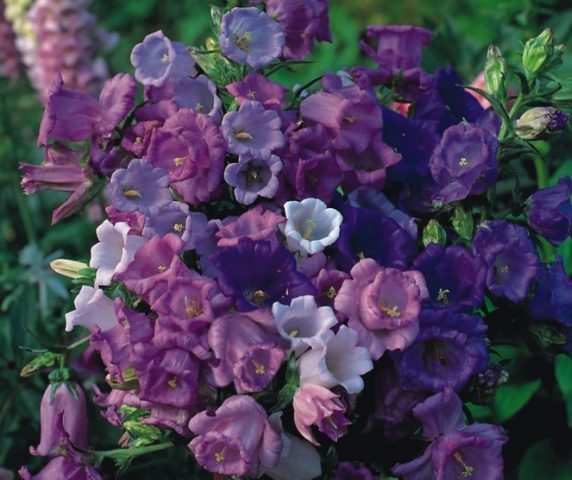
Plants are grown for cutting, graceful bells look spectacular in bouquets, retain their decorative properties for about 2 weeks
Reproduction methods
Bell A cup and saucer reproduces in several ways:
- Seminal. The material collected at home in early autumn does not fully guarantee the repetition of the varietal characteristics of the parent plant. Seeds purchased in specialized stores allow you to fully recreate the individual characteristics of the variety.
- Cutting (allows you to keep the variety) - propagation by separating the cuttings with three healthy internodes from 2-year-old plants.
- Dividing the bush (allows you to transfer varietal traits) - reproduction by dividing the root system of an adult culture into 2-3 parts containing several viable stem buds.
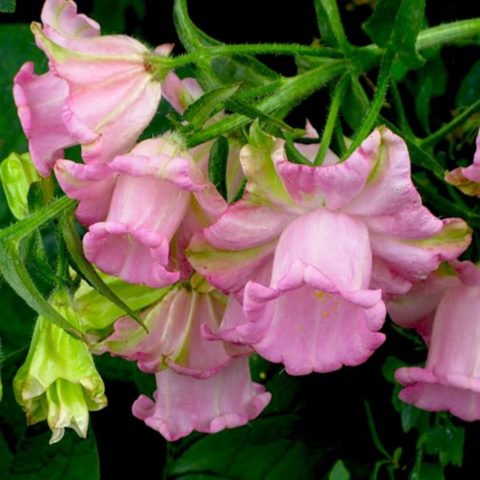
The seed method of planting seedlings is most often used by flower growers for the propagation of medium-sized flowers "Chinese service"
Sowing a bell cup and saucer for seedlings
The timing of sowing seeds for seedlings is March.
The soil for crops should be chosen loose, fertile, consisting of:
- 6 parts of sod land;
- 1 part river sand;
- 2 parts of humus.
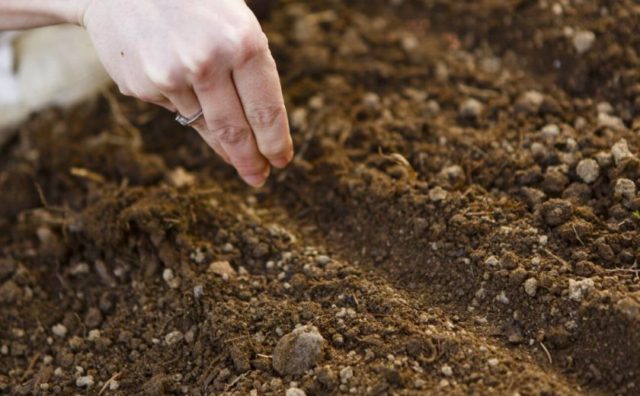
The soil for seed germination should not be acidic
Algorithm for sowing seeds of a bellflower variety Bowl with a saucer for seedlings:
- The prepared container (low wooden or plastic container, box) is filled with soil mixture, disinfected, moderately moistened.
- Seeds are sown in a container, sprinkled with fine sand a little.
- Crops are carefully moistened with a spray bottle.
- To create a greenhouse effect, the container is covered with glass or plastic wrap.
- Crops are placed in a dark place at temperatures up to + 20 ⁰С.
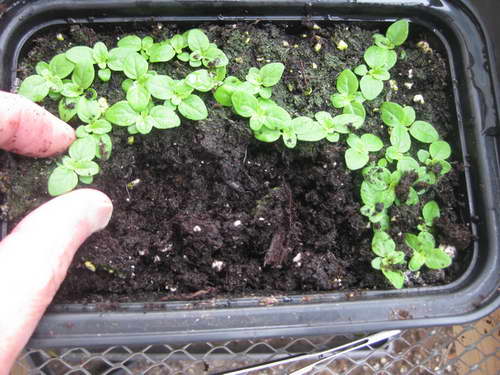
2-3 weeks after germination of bell seeds, the shelter is removed, the container with sprouts is placed in a well-lit place
Growing seedlings
Seedling care consists of the following activities:
- periodic moistening by irrigation when the top layer of the earth dries up;
- diving when the first leaves appear 3 weeks after sowing;
- feeding with complex fertilizers for seedlings 5 weeks after sowing.
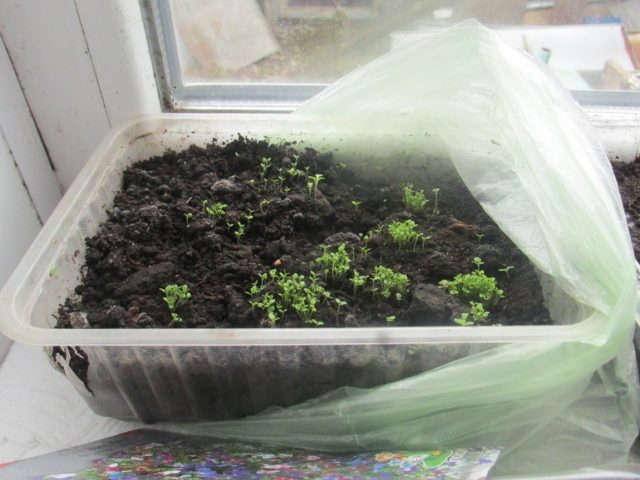
2 weeks before transplanting into open ground, the seedlings are gradually hardened in the open air.
Algorithm for planting in the ground
A month after the picking, the seedlings of medium-sized bells "Chinese Service" are transplanted into open ground.
Young bushes together with a lump of earth are planted in prepared small depressions in the ground at a distance of up to 40 cm from each other. The earth is pressed around the bushes, watered carefully.
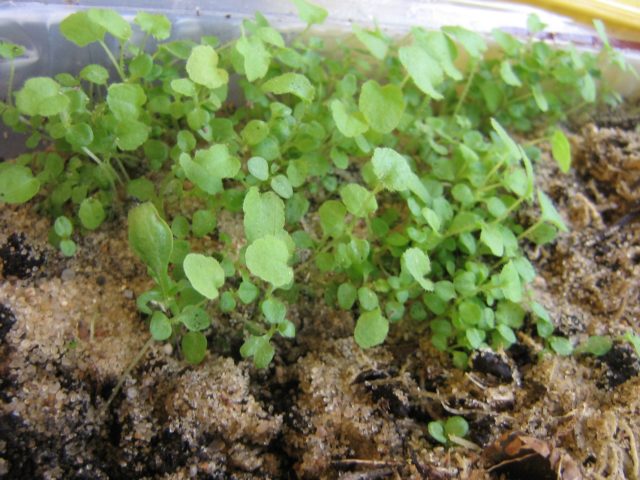
Transplanting seedlings of bells in open ground is best done in cloudy weather.
Cultivation of bells Cup and saucer
Picturesque mid-sized bells Bowl and saucer, despite all the external splendor, are unpretentious and require minimal and simple maintenance:
- Watering in dry weather, as dry soil negatively affects the condition of the plants.
- Mulching the soil to maintain a sufficient amount of natural moisture.
- Removing weeds to prevent the spread of diseases and pests.
- Loosening the soil to supply oxygen to the root system.
- Fertilization according to the growth phases: at the stage of green mass growth (in March) - nitrogen-containing compounds; at the stage of bud formation (at the beginning of June) - phosphorus and complex additives; at the stage of preparation for winter (in November) - potash fertilizers.
- Removing wilted inflorescences helps to extend the flowering time of the culture.
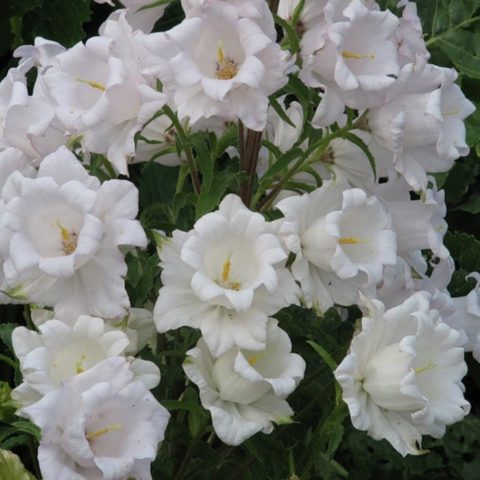
In the fall, you can plant bushes or collect seed for propagation of the decorative bell "Chinese service"
Preparing for winter
Bells Cup and saucer - frost and cold-resistant culture. There is no need to prepare a total shelter for the winter. As part of preparing plants for wintering, a number of activities should be performed:
- pruning stems to ground level;
- top dressing with potash fertilizers, which increase the frost resistance of the crop;
- covering the root zone with dry foliage or mulch.
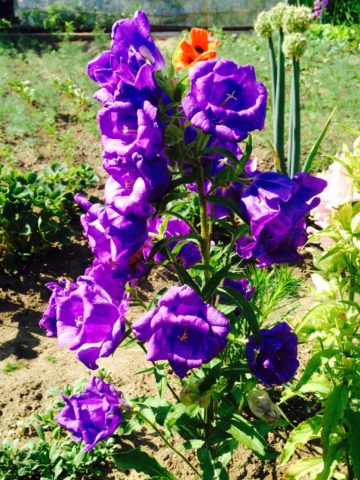
In the spring, the shelter is removed, the bells are fertilized with ammonium nitrate
Diseases and pests
Medium-sized bells Cup and saucer - plants with persistent immunity to pathogens and pests. Most often, decorative flowers are negatively affected by pathogens, growing for a long time in one place.
As a preventive measure, you can use the treatment with the drug "Fundazol", which prevents the spread of pathogenic flora in the soil.
Rainy weather can cause slug colonies that damage the stems and leaves of bells and spread fungal diseases.
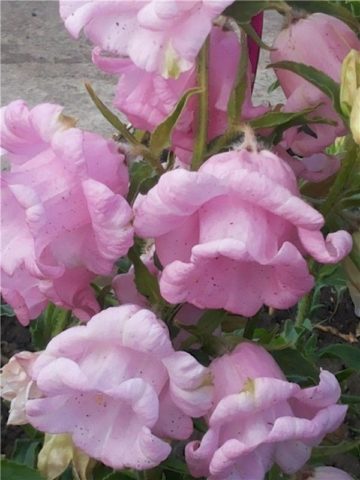
For pest control, superphosphate granules (soil treatment) and hot pepper tincture (spraying of bushes) are used
Conclusion
Magnificent, lush bloom of medium-sized bells A cup and saucer decorates flower beds, flower beds, ridges, terraces, balconies with a pastel palette of cold colors. More than 50 outlandish 2-tiered bells on one bush is a spectacular sight, especially when there are a lot of them.
Among the people, a medium-sized flower is called "balabolki", "keys", "bells", "gorlanchiks".


